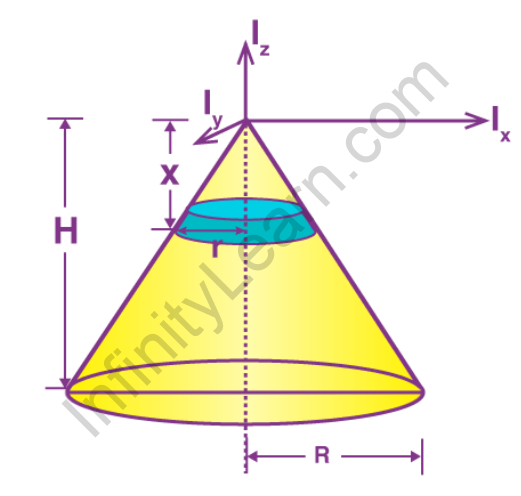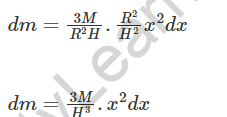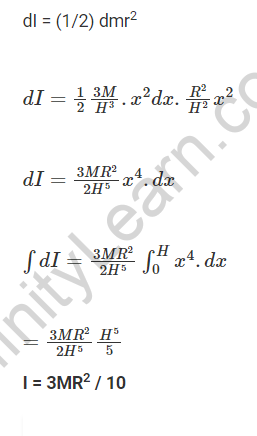Table of Contents
The rotational analogue to mass (which determines an object’s resistance to linear acceleration) is the moment of inertia, denoted by I. It measures the extent to which an object resists rotational acceleration about a specific axis. The dimensions of mass moments of inertia are ML2([mass] × [length]2). The second moment of area, which is used in beam calculations, should not be confused with it. The mass moment of inertia is also known as rotational inertia and, in some cases, angular mass.
For simple objects with geometric symmetry, the moment of inertia is frequently expressed in an exact closed-form expression. This happens most of the time when the mass density is constant, but it can also happen when the density varies throughout the object. In general, it may be difficult to express the moment of inertia of shapes with more complicated mass distributions and lack of symmetry symbolically. When calculating moments of inertia, keep in mind that it is an additive function and use the parallel and perpendicular axis theorems. This article primarily considers symmetric mass distributions with constant density throughout the object, and unless otherwise specified, the axis of rotation is assumed to be through the centre of mass.
Moment of Inertia of A Cone
A rigid object’s moment of inertia, also known as its mass moment of inertia, angular momentum, or rotational inertia, is a quantity that specifies the torque required by a rotational axis for a desired angular acceleration, similar to how mass calculates the force required for the desired acceleration.
Consider the mass M, radius R, and height h of a solid uniform cone. The density is then calculated.

And the tensor of moment of inertia over the base centre is

Moment of Inertia of Circular Cone Derivation
In this section, we’ll look at the derivation and approximation for calculating the moment of inertia about an axis of a standard right circular cone.

We divide the cone into a small elementary disc and consider the radius of the cone at a distance x to be r. We’ll need to calculate the disc mass, which is given as;


Let us now calculate the elemental disc’s moment of inertia.

FAQs
What is a Hollow Cone's Moment of Inertia?
To calculate the moment of inertia of a hollow cone, we can use some general guidelines, such as calculating the mass density per unit area.
What is the formula for calculating the Moment of Inertia?
Essentially, the moment of inertia of any rotating object can be calculated by taking the distance of each particle from the rotation axis (r in the equation), squaring that value (that is the r2 term), and multiplying it by the particle's mass.
What is the mass centre of a hollow cone?
Because the surface of a hollow cone is made up of an infinite number of infinitesimally slender isosceles triangles, the centre of mass of a hollow cone (without foundation) is 2/3 of the way from the pole to the base midpoint.



